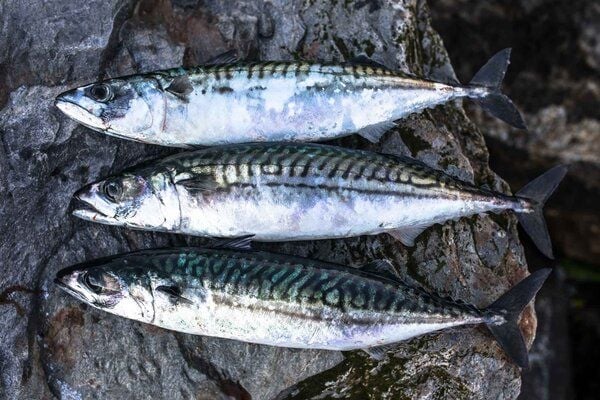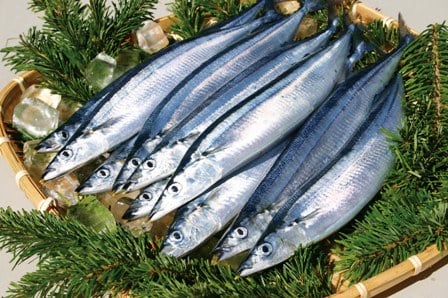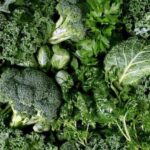Omega-3 is an essential fatty acid that the body cannot produce on its own, and it plays a particularly important role in cardiovascular health, brain function, and cellular anti-aging. Salmon has long been associated with the title of a “superfood” rich in omega-3. However, according to a recent study published in Nature Food, mackerel – a common fish in Vietnamese markets – tops the chart when it comes to omega-3 content.
Specifically, 100g of mackerel contains up to 5,134mg of omega-3, while salmon has only about 2,260mg in the same quantity. This figure has surprised many and prompted a re-evaluation of food choices.
Mackerel is not just nutritious but also tasty and widely accessible

Mackerel is characterized by its white meat, rich flavor, minimal fine bones, and pleasant taste, making it suitable for both adults and children. Due to its short life cycle and mid-water habitat, mackerel has lower levels of mercury and heavy metal accumulation compared to some larger fish species.
In addition to omega-3, mackerel is an excellent source of vitamin D, B12, iron, calcium, and easily digestible protein, benefiting those with debilitation, the elderly, or pregnant women. It is an ideal choice for those who want to eat fish regularly without breaking the bank.
Affordable and budget-friendly
Unlike salmon, which typically costs between 300,000 and 500,000 VND per kilogram, mackerel is much more affordable. Here is an updated price list for 2025 for some common types of mackerel in the Vietnamese market:
Type of Mackerel Description Price Range (VND/kg)
Mackerel Pike Mild, sweet meat with less bones 180,000 – 250,000Mackerel Scad Long body, fatty meat, great for grilling 150,000 – 200,000Mackerel (Kim) Small, tender meat, easy to prepare 130,000 – 180,000Mackerel Tuna Firm meat, popular in Central Vietnam 140,000 – 200,000Mackerel Stripe Popular for export, sweet flavor 200,000 – 280,000
Tips for choosing fresh mackerel and avoiding ure-treated fish
Mackerel is a type of fish that is often treated with urea to artificially preserve its freshness, especially in cities far from the coast. Here are some signs to help you choose fresh mackerel without chemicals:
- Eyes: Fresh fish have clear, slightly protruding eyes that are not sunken or cloudy.
- Gills: They should be a natural reddish-pink color, without slime or a strong, pungent odor.
- Body: The fish should be firm and spring back when pressed, not soft and mushy or with indentations that take a long time to recover.
- Scales: They should be tightly adhered to the body, with a noticeable silver sheen, and not be excessively flaky.
- Size: Mackerel weighing between 0.5 and 1 kg usually offer the best taste, with firmer meat and less excess fat.
To avoid buying ure-treated mackerel, which tends to taste bland, fall apart, and have an abnormal pungent odor when cooked, opt for reputable sellers such as wholesale markets near the coast (Vung Tau, Phu Quoc, Quang Ninh) or supermarkets with food safety certifications.
Cooking suggestions to preserve omega-3 content

- Mackerel braised with tomatoes: The mild sourness of tomatoes complements the rich flavor of mackerel.
- Grilled mackerel with galangal and fermented rice: Aromatic and flavorful, this dish is best enjoyed with vermicelli and fresh herbs.
- Mackerel in black pepper sauce: A perfect dish to boost your appetite on rainy days.
Can mackerel replace salmon? The answer is yes, and it even offers a more cost-effective option considering the nutritional value. While salmon has its advantages, such as being less fishy and more palatable to young children, mackerel is a smarter choice in the context of Vietnamese consumers becoming more conscious of their spending. There’s no need to spend hundreds of thousands of dong on imported salmon when you can easily provide your family with ample omega-3 from a familiar face in Vietnamese markets – the mighty mackerel. With its high nutritional value, delicious taste, ease of preparation, and affordability, mackerel truly deserves the title of the “true king of omega-3.”



































